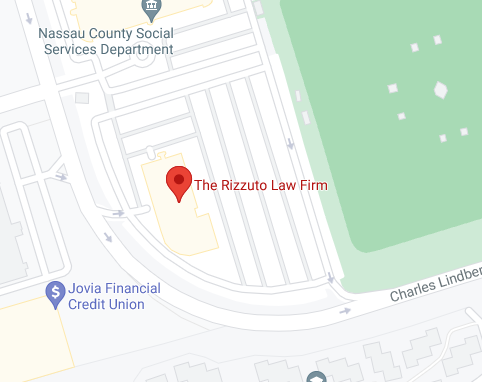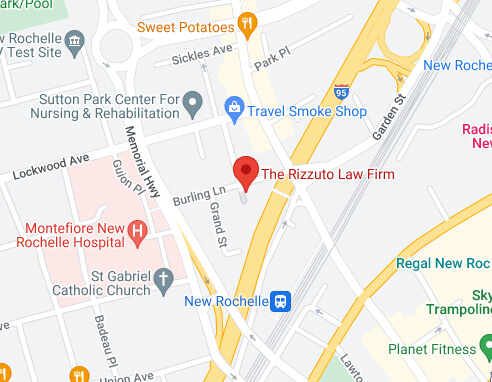The numbers are disturbing. Medical malpractice is a leading cause of death and injuries. If you’ve been injured in an incident of medical malpractice on Long Island or anywhere in New York, arrange at once to discuss your case with a Long Island medical malpractice attorney.
What are your legal rights and options if you are a victim of medical malpractice? What steps will you need to take? How can you recover compensation for your additional medical expenses, lost wages, and your personal pain and suffering?
Keep reading this brief discussion of medical malpractice and your rights, and these questions will be answered. You’ll also learn how a Long Island medical malpractice lawyer will work to recover the compensation and to win the justice that a victim of medical malpractice will need.
How Is Medical Malpractice Defined?
Medical malpractice may be defined as a medical professional’s negligence (or a medical facility’s negligence) that causes a patient’s medical condition to deteriorate, injures a patient, or leads to the patient’s wrongful death.
Doctors are not the only persons who may be guilty of medical malpractice. Medical malpractice includes the negligence of nurses, dentists, anesthesiologists, pharmacists, pharmaceutical companies, hospitals and clinics, and other parties that provide medical services.
What Are Some Examples of Medical Malpractice?
Medical malpractice includes but isn’t limited to:
- birth injuries to either the mother or child
- misdiagnosis or a failure to diagnose
- neglecting to monitor a patient adequately
- prescription errors
- surgical errors and mistakes in the emergency room
- neglecting (in some cases) to obtain the patient’s informed consent
Who Is At Risk?
Surgical errors may be catastrophic, and surgical mistakes sometimes make news headlines, but those errors constitute only a tiny percentage of medical malpractice incidents. Misdiagnosis is far more frequent. We all get sick, so we’re all at risk for medical misdiagnosis.
The British Medical Journal estimates that each year, about twelve million patients in the U.S. are misdiagnosed by their physicians and other medical professionals. Researchers also estimate that about half of all misdiagnosed patients are at risk because they have been misdiagnosed.
What Should You Know When You Seek Medical Treatment?
Risk is always a factor when you receive medical treatment, so never agree to a surgery or any other treatment unless and until you completely understand what risks may be involved.
Most medical providers in New York are ethical and professional. They take extra care and special measures to reduce any risks to patients. Other medical providers, however, may be somewhat less ethical and professional.
Medical malpractice lawsuits can’t restore anyone’s health, but these lawsuits give medical malpractice victims the ability to hold negligent medical providers accountable, seek justice, and recover needed compensation.
What Will a Medical Malpractice Lawyer Do on Your Behalf?
If you’ve been victimized or injured in an incident of medical malpractice – on Long Island or in New York City – promptly schedule a meeting to discuss your legal rights and options with a Long Island medical malpractice lawyer.
Your lawyer will examine your claim and discuss your legal alternatives, which may include filing a lawsuit for medical malpractice.
If you and your lawyer can prove that your health deteriorated or that you sustained an injury or injuries due to medical malpractice, New York law entitles you to recover compensation for your additional medical costs, your lost wages, your personal suffering and pain, and related losses.
How Can You Prevail With A Medical Malpractice Claim?
In order to prevail with your medical malpractice claim, your Long Island medical malpractice attorney must prove these three elements of your claim:
- The medical provider (the “defendant”) breached the professional and legal “duty of care” that is owed to each patient.
- The medical provider’s negligence was a direct cause of the physical injury or harm you sustained.
- Because of the injury or harm you sustained, you also suffered quantifiable damages and losses including your medical expenses and lost wages, and the defendant should reimburse you for those costs.
How Will Your Case Be Resolved?
Overwhelmingly, most medical malpractice claims are resolved when the attorneys for both sides meet outside of the courtroom to negotiate a settlement privately. Most of the victims of medical malpractice don’t even have to appear in court.
You’ll need to choose a medical malpractice lawyer who has substantial experience negotiating on behalf of medical malpractice victims and obtaining generous settlements for those victims.
In rare cases, if your medical malpractice claim is disputed, or if no reasonable settlement offer is forthcoming in the out-of-court negotiations, your attorney will take your case to trial, so you should choose an attorney who also has abundant courtroom experience.
If your medical malpractice claim goes to trial, your attorney will explain to the jurors how you were injured, the extent of your injury or injuries, and the cost of your losses. Your attorney will then ask those jurors to order the payment of your compensation.
Is There a Deadline for Taking Legal Action?
New York’s statute of limitations for medical malpractice cases – that is, your deadline for filing a medical malpractice claim in this state – is generally two years and six months from the date of the malpractice incident or from the end of continuous treatment by the medical provider.
If the malpractice results in death, a claim for wrongful death must be brought within 2 years from the date of death. In the event the claim is against the State of New York or any other municipality, a Notice of Claim must be brought within 90 days.
If the victim of medical malpractice is a minor, the two year and six month period does not begin until the minor reaches age 18 – legal adulthood in this state. However, the main exception to New York’s statute of limitations for medical malpractice cases deals with surgical errors.
It’s rare, but surgical sponges and other items can be left in the pelvis, abdomen, and retro-peritoneum (the space in the abdominal cavity). The “discovery rule” allows victims to file a claim up to a year after a foreign object’s discovery, without regard to the date of the surgery.
When Should You Contact an Attorney?
Don’t wait two and a half years to speak with an attorney if you have been victimized by medical malpractice. Make the call immediately. Your attorney should be on the case before evidence deteriorates or disappears and before the memories of those involved begin to fade.
If you are a victim of any type of medical malpractice – or if you’re not sure – your first meeting with a medical malpractice lawyer is offered with no cost or obligation. Take advantage of this opportunity to receive personalized advice about how the law applies to your own case.
If you and your attorney proceed with legal action, you will pay no attorney’s fee unless and until your attorney recovers the compensation you need and deserve as a medical malpractice victim.









